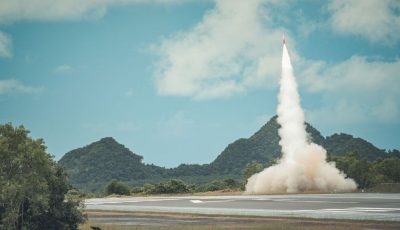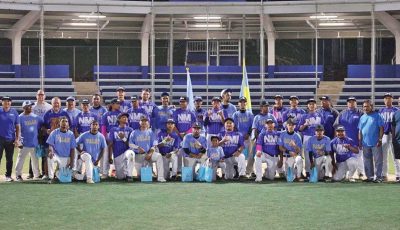Palau: That could have been us…and it still can
For those of you who know me, over the years, I have been a strong advocate for our people and our islands. I have opposed the destruction of our islands by mining companies, industrial fishing interests, and the U.S. military. I founded Beautify CNMI!, co-founded Pagan Watch, Friends of the Monument, and the Alternative Zero Coalition. I don’t see these as separate entities or efforts, but rather part of a single mission: To make our islands a better place to live and pass them down to our children. Change doesn’t happen overnight, but during a lifetime, much can take place.
I was recently tagged in a Facebook story about Palau’s recent decision to designate an ocean sanctuary in 80 percent of their EEZ (“Small Island Nation Makes Big Contribution to Conservation,” Earth Justice). My friend wanted to know why we couldn’t do the same thing, and challenged one of our local leaders to do so. The truth is, several years ago, we tried to do something similar to what Palau just did. This effort resulted in the creation of the Islands Unit of the Marianas Trench Monument. At the time, it was the second largest marine protected area in the world—but we’ve since dropped to 18th. I have to hand it to those Palauans, though—they have a way of looking at something, and flipping it on its head to make it even better.
When I was an advocate for the creation of the Marianas Trench Monument, I imagined a protected area as a circle, a place where no fishing took place on the inside, and fishing took place on the outside. With this model, the far Northern Islands were the perfect place. The islands were already protected by our Constitution and the Monument was meant to ensure that the protections extended from shore out to the extent of the EEZ. Palau just did the opposite of that. They saw it differently. They created a protected area in the shape of a donut – a protected area on the outside, with a fishing area on the inside closest to the islands. The protected area serves as a buffer to foreign fishing fleets and allows fish to grow big and old and then spillover into the indigenous fishing zone closer to shore. What a brilliant idea!
With the amount of development our islands are expected to experience in the coming years, we need to start thinking like our brothers and sisters in Palau. So perhaps it is time to take another look at the Monument. This is a good thing. In many ways, the Monument we got was not the monument we asked for. The designation was opposed by some otherwise reasonable people for all the wrong reasons, and as a result not all of the many potential benefits were realized. At that time, Mrs. Agnes McPhetres told us it was a good “first step” and I continue to believe that. But first steps require a second. And a third.
We should look into what Palau just did and see if it is something that would work here. We followed their lead in implementing the Micronesia Challenge, so why not this, too? Additionally, maybe we can look at some of the lessons learned with our Monument these last few years. And maybe we can ask our neighbors for their help and advice. When we created our Monument, we were only the second place; now, there are more than a dozen.
Cinta M. Kaipat is a lawyer and former member of the CNMI House of Representatives.



























